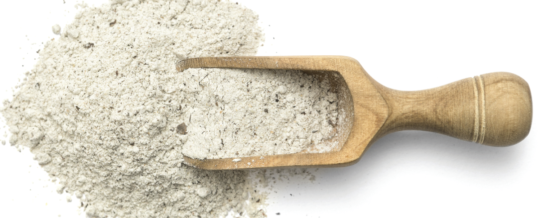
WASHINGTON, DC, US — Flour production in January-March 2021 totaled 103.634 million cwts, down 4.543 million cwts, or 4.2%, from a revised 108.177 million in the first quarter of 2020, according to data issued May 1 by the National Agricultural Statistics Service of the United States Department of Agriculture.
Flour production was down 3.353 million cwts, or 3.1%, from 106.987 million in October-December 2020.
The drop of 4.5 million cwts was the largest year-to-year drop in flour production in more than 18 years — since October-December 2002, when production fell 5.531 million cwts from October-December 2001.
The January-March 2020 figure was revised upward by 459,000 cwts, to a record 108.177 million cwts.
Still, at 103.634 million cwts, first-quarter flour production in 2021 was the fifth largest for January-March and was up slightly from 103.6 million in January-March 2019; it was down 1.9% from 105.612 million in the first quarter in 2018, the second highest for the quarter. It compared with 104.705 million in the first quarter of 2017, the third largest, and 103.909 million in 2016, the fourth largest.
The 24-hour flour production capacity totaled 1,585,262 cwts, down 41,998 cwts from 1,627,260 a year earlier. It was 1,585,310 cwts in the fourth quarter of 2020. The high was 1,674,210 cwts in the third quarter of 2019, and capacity has been reduced 88,948 cwts since then. Grind in the quarter was 86% of six-day capacity, down from 87.6% in the fourth quarter of 2020 and 86.3% in the first quarter.
Semolina production in the first quarter was 8.088 million cwts, down 52,000 cwts, or 0.6%, from 8.14 million in the first quarter of 2020. It was down 1.4% from 8.203 million cwts in the fourth.
Rye flour production in January-March totaled 209,000 cwts compared with 216,000 in the fourth quarter and 244,000 a year back.
Source: World Grain
MAY
2021


About the Author: